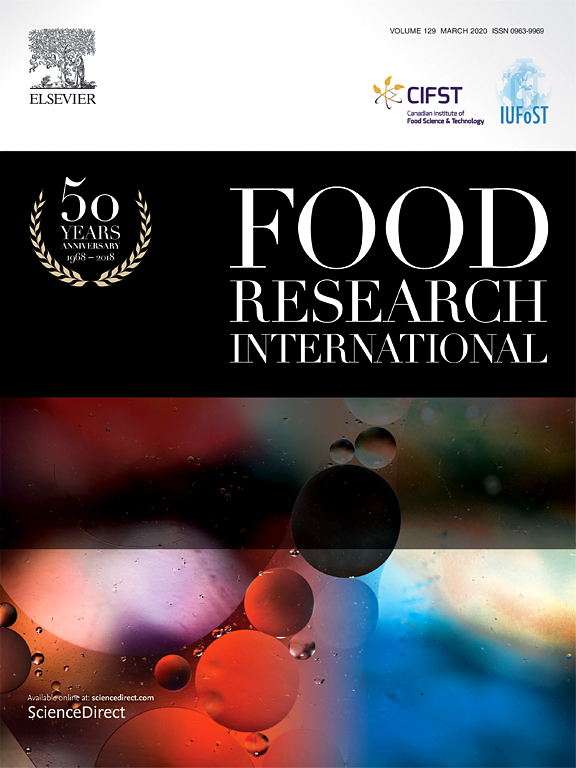Cross-modal interactions as a strategy for sugar reduction in products targeted at children: Case study with vanilla milk desserts

Ana Laura Velàzques (ESR11) recently published her first paper in “Food Research International”. A summary of the paper is given below, for the full paper please go to our publication page
A sugar reduction up to 40% has a minimal effect on children’s liking of vanilla milk desserts
Children are consuming too much sugar, and this has been identified as the most important dietary factor that contributes to the childhood obesity epidemic. For this reason, product reformulation has been recommended as one of the strategies to reduce children’s sugar consumption. The main question is how we can quickly reduce sugar content without reducing product liking.
Most of the food producers have used non-nutritive sweeteners (e. g. sucralose) to avoid abrupt changes in sugar reduced products but concerns regarding their safety have motivated food scientists to look for new ways for reformulation. It has been recognized that the way we perceive food is influenced by multiple sensory inputs (taste, odor, texture, color, etc.). The modification of any of them could lead to a completely different sensory experience. For example, the addition of flavors such vanilla or caramel could enhance perceived sweetness of plain water, even without the addition of sugar.
One of our most recent studies has evaluated the use of taste-odor-texture interactions to reduce sugar content in dairy products targeted at children. The study was carried out by Universidad de la República in Uruguay, with a total of 112 children between 8 to 12 years old from two primary schools. Researchers modified the characteristics of the desserts by varying the concentration of sugar, vanilla and starch.
Results showed that a reduction up to 40% of added sugar had a minimal effect on the liking of vanilla milk desserts among children. This finding is relevant since it means that sugar reduction is easier than expected. In addition, the increase in vanilla concentration in the desserts may contribute to achieve smallest changes in perceived sweetness.

cross model interactions, ESR11, pre-adolescents, sugar reduction, Uruguay

